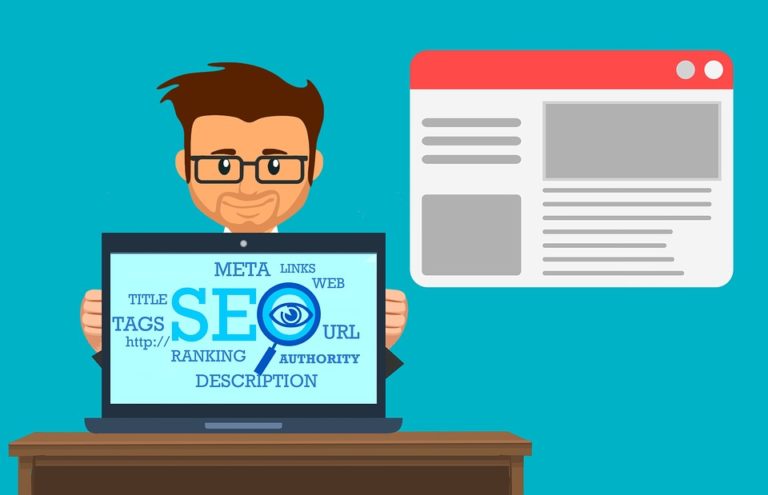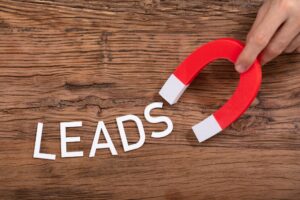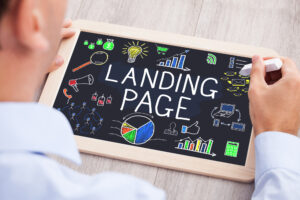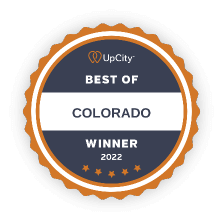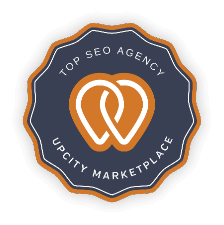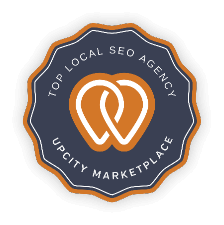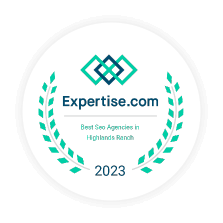There’s SEO, and then there’s ON-PAGE SEO … but what’s the difference?
Turns out, SEO is a pretty big umbrella, covering a broad array of tactics, strategies, and approaches that help optimize your digital properties (i.e. websites) to rank better on search engines.
And under that big umbrella of SEO strategies is On-Page SEO.
In a nutshell, on-page SEO is an important aspect of search engine optimization, involving the optimization of individual web pages to rank higher and earn more traffic in search engines.
By optimizing your website’s on-page elements, you can improve your search engine rankings, drive more qualified traffic to your site, and ultimately increase your business’s revenue.
In this guide, we will discuss the key components of on-page SEO and how you can leverage those to your advantage, improving your website’s performance in search results and keeping ahead of the competition.
What Is On-Page Optimization In SEO?
There are several on-page SEO strategies that you can use to improve your website’s search engine rankings on Google and drive more qualified traffic to your site.
These strategies include:
Keyword optimization
Identify and include relevant keywords in your website’s content and meta tags to signal to search engines what your page is about.
Title tags and meta descriptions
Use unique and descriptive title tags and meta descriptions for each page to give search engines and users a clear understanding of what your page is about.
Headings and subheadings
Use headings and subheadings to break up your content and make it easier for users to read and scan.
Internal linking
Use internal linking to help search engines crawl and index your website’s pages and to provide users with a better navigation experience.
Image optimization
Use descriptive file names and alt text for images to give search engines more context about the images on your website.
Page speed
Optimize your website’s page speed to improve the user experience and increase the chances of your pages ranking higher in search results. An effective SEO strategy should include optimizing page speed to improve SERP and crawlability of your webpages.
Conversion Rate Optimization
CRO, or Conversion Rate Optimization, refers to the process of increasing the percentage of website visitors who take a desired action, such as making a purchase or filling out a form. This can be achieved through a variety of tactics, such as A/B testing, usability testing, and user experience (UX) design.
What Is On-Page SEO Analysis?
On-page SEO analysis refers to the process of evaluating and analyzing the data elements on a specific webpage to identify opportunities for optimization. Unlike implementation, analysis is more of a discovery and investigative process, relying more on research and data dives on the site and web pages.
The Goal of On-Page SEO Analysis
The goal of on-page SEO analysis is to ensure that a webpage is optimized for both search engines and users. By performing an on-page SEO analysis, you can identify any issues that may be impacting the page’s performance in search results and take steps to fix them. This can include optimizing the page’s content, improving the page’s HTML structure, and addressing any technical issues that may be affecting the page’s visibility in search results.
Some common elements that are included in an on-page SEO analysis include:
-
Title tags
-
Meta descriptions
-
Headings and subheadings
-
Keywords
-
Internal linking
-
Image optimization
-
Page speed
-
Mobile-friendliness
By performing an on-page SEO analysis and addressing any issues identified, you can improve the performance of your website’s pages in search results and drive more qualified traffic.
And we all know what that means … more clicks, leads, calls, conversions, and sales – CHA-CHING!
A Closer Look at Key On-Page SEO Tactics and Strategies
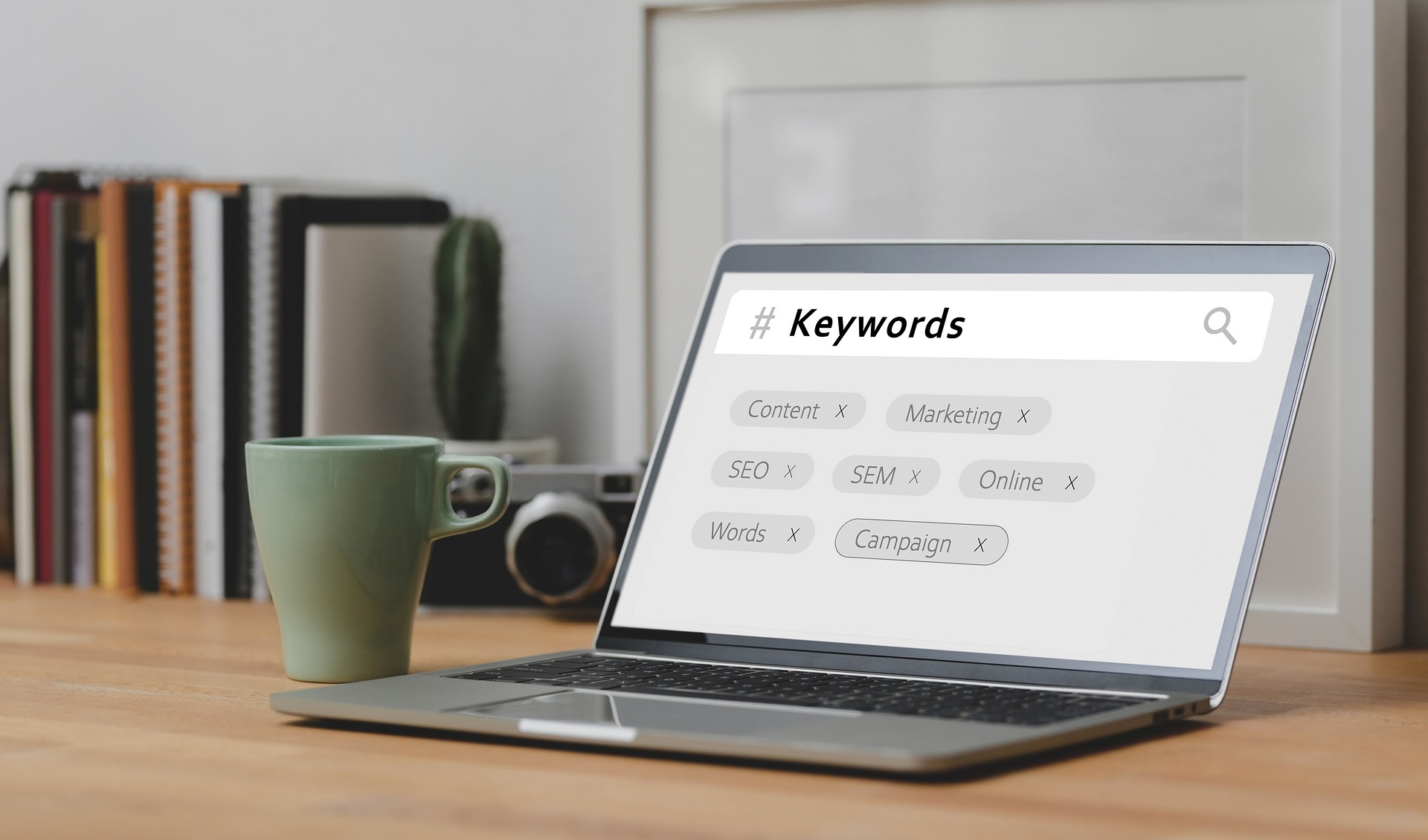
1. Keyword Optimization
Keyword optimization is an important aspect of on-page SEO, as it helps search engines understand what your webpage is about and how it should be ranked in search results. By including relevant keywords in your website’s content and meta tags, you can signal to search engines what your page is about and increase the chances of it ranking for those keywords.
Keyword Optimization Tactics
Identify relevant keywords
Use keyword research tools (Such as AHREFs and SEMRush) to identify relevant keywords to target on your website. Consider factors such as search volume and relevance to your business when selecting keywords.
Include keywords in your content
Make sure to include your target keywords in your website’s content in a natural and relevant way. Avoid keyword stuffing, as this can negatively impact your search engine rankings.
Use variations of your keywords
In addition to using your target keywords, consider using variations of those keywords, such as synonyms or long-tail keywords, to help your pages rank for a wider range of search terms.
Use keywords in your URLs
Use your target keywords in your website’s URLs to give search engines more context about the content on your pages.
2. Title Tags and Meta Descriptions
Title tags and meta descriptions are important on-page SEO elements that help to give search engines and users a clear understanding of what your webpage is about. By optimizing your website’s title tags and meta descriptions, you can improve your search engine rankings, drive more qualified traffic to your site, and ultimately increase your business’s revenue.
Title Tag and Meta Description Optimization Tactics:
Include relevant keywords
Make sure to include relevant keywords in your title tags and meta descriptions, as this can help to improve your search engine rankings and attract more qualified traffic.
Keep it concise
Make sure to keep your title tags and meta descriptions concise and to the point. Aim for around 60 characters or less for title tags and around 160 characters or less for meta descriptions.
Use compelling language
Use compelling language in your title tags and meta descriptions to entice users to click on your page in search results.
Use branding
Include your brand name in your title tags and meta descriptions to increase brand awareness and differentiate your pages from those of your competitors.
Use unique title tags and meta descriptions for each page
Make sure to use unique title tags and meta descriptions for each page on your website to give search engines and users a clear understanding of what each page is about.
3. Internal linking
Internal linking refers to the process of linking to other pages on your website from within your website’s content. Internal linking can be an effective on-page SEO tactic, as it helps search engines crawl and index your website’s pages and provides users with a better navigation experience.
Internal Linking Tactics:
Link to relevant pages
Make sure to link to relevant pages on your website from within your content using a keyword. This can help search engines understand the context of your pages and improve your search engine rankings. Backlinks are an important part of SEO, as they help to improve your search engine rankings if the backlinks are from reputable and relevant blog posts or sites.
Use descriptive anchor text
Use descriptive anchor text when linking to other pages on your website. This can help search engines understand the context of the link and improve the relevancy of your pages in search results.
Use a clear and logical site structure
Use a clear and logical site structure to make it easier for search engines to crawl and index your pages.
Use a sitemap
Create and submit a sitemap to search engines to help them crawl and index your website’s pages.
4. Image Optimization
Image optimization is an important aspect of on-page SEO, as it can help search engines understand the context of the images on your website and improve your search engine rankings.
Image Optimization Tactics:
Use descriptive file names
Use descriptive file names for your images, including relevant keywords, to give search engines more context about the images on your website.
Use alt text
Use alt text to describe the content of your images to give search engines more context and to improve the accessibility of your website.
Compress images
Use image compression tools to reduce the size of your images without sacrificing quality. This can help to improve your website’s page speed and user experience.
Use responsive images
Make sure to use responsive images that are optimized for different devices and screen sizes to improve the user experience and improve your search engine rankings.
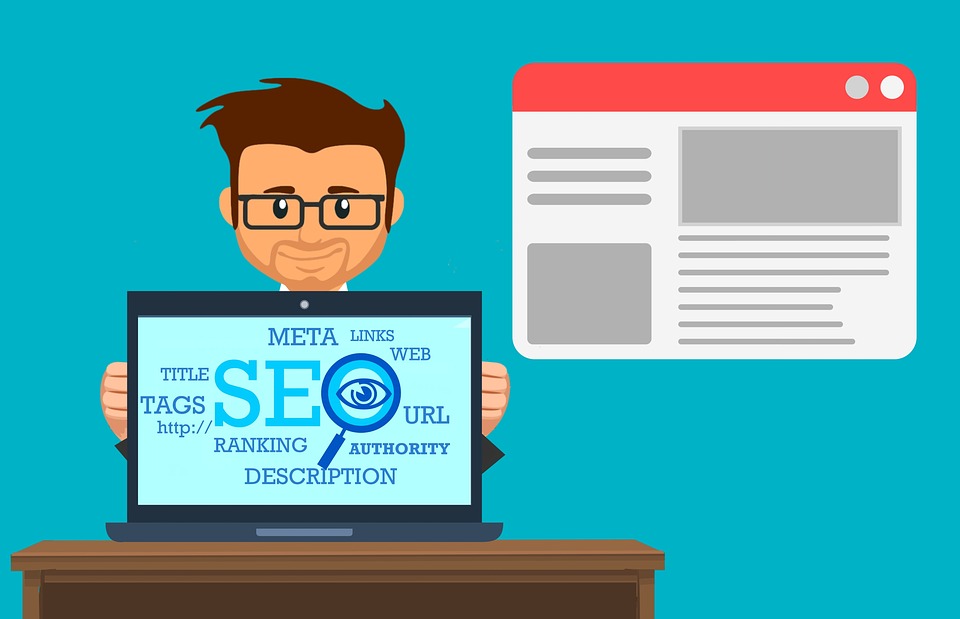
5. Conversion Rate Optimization (CRO)
The goal of CRO is to identify and address any barriers that may be preventing website visitors from taking the desired action and to optimize the user experience in a way that increases the likelihood of conversions. This can involve testing different versions of a webpage, analyzing user behavior and feedback, and making changes to the design and layout of the page to improve usability and make it easier for users to take the desired action.
CRO is an important aspect of digital marketing, as it helps businesses to maximize the return on their online marketing efforts by converting more visitors into customers. By implementing effective CRO strategies, businesses can improve their conversion rates and ultimately drive more revenue.
CRO Tactics:
A/B testing
Use A/B testing to compare different versions of your website and determine which version performs better in terms of conversions.
Usability testing
Conduct usability testing to identify any issues that may be preventing users from taking the desired action on your website.
UX design
Use UX design principles to create a website that is intuitive and easy to use, which can improve the chances of converting visitors into customers.
Landing page optimization
Optimize your website’s landing pages to improve the chances of converting visitors into customers.
Personalization
Use personalization techniques, such as personalized recommendations and targeted messaging, to improve the user experience and increase conversions.
Customer feedback
Collect and analyze customer feedback to identify any issues that may be impacting your website’s conversion rate and to identify opportunities for improvement.
6. Content Optimization
Your website’s content must be well-written, optimized, and well-structured. The content should be original, well-written, and useful, meaning readers are likely to stay on the page and learn something. Optimizing the content involves making sure it is properly formatted; creating headings, short paragraphs, and subheadings; including images and videos; and creating linkable content.
Content Optimization Tactics:
Use relevant keywords
Make sure to include relevant keywords in your website’s content in a natural and relevant way.
Create high-quality content
Focus on creating high-quality, informative, and engaging content that provides value to your users.
Use headings and subheadings
Use headings and subheadings to break up your content and make it easier for users to read and scan.
Use lists and bullet points
Use lists and bullet points to make your content easier to read and to highlight important points.
Use internal linking
Use internal linking to help search engines crawl and index your website’s pages and to provide users with a better navigation experience.
Use images and videos
Use images and videos to break up your content and to make it more engaging for users.
The Benefits of On-Page SEO
Improved search engine rankings
By optimizing your website’s on-page elements, you can improve your search engine rankings and increase the chances of your pages appearing at the top of search results.
Increased qualified traffic
Optimizing your on-page elements can help to attract more qualified traffic to your website, as your pages will be more relevant to the search terms that users are looking for.
Better user experience
By optimizing your on-page elements, you can improve the user experience on your website and make it easier for users to find and consume your content.
Increased conversions
By attracting more qualified traffic to your website, you can increase the chances of converting visitors into customers.
Increased brand awareness
Optimizing your on-page elements can help to increase the visibility of your brand in search results, which can lead to increased brand awareness.
By optimizing your website’s on-page elements, you can improve your search engine rankings, drive more qualified traffic to your site, and ultimately increase your business’s revenue.
On-Page SEO – Supercharge Your Website
SEO is an important strategy for optimizing websites so that they rank higher in search engines.
On-page SEO is a key part of that strategy, covering a wide range of activities, from optimizing website content to internal linking, the structure of a website, and using appropriate meta tags to provide extra information to search engines.
On page, SEO may sound like a lot of work, but it is a vital part of website optimization and should be taken seriously. By following these strategies, your website will be optimized and ranked higher in the search engine results pages.
This, in turn, will help drive more traffic to your website, which is essential for generating more sales and leads.

